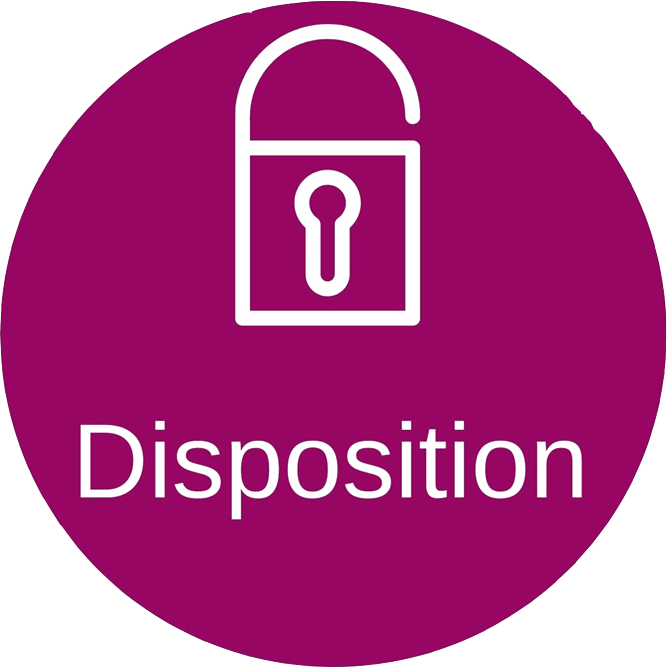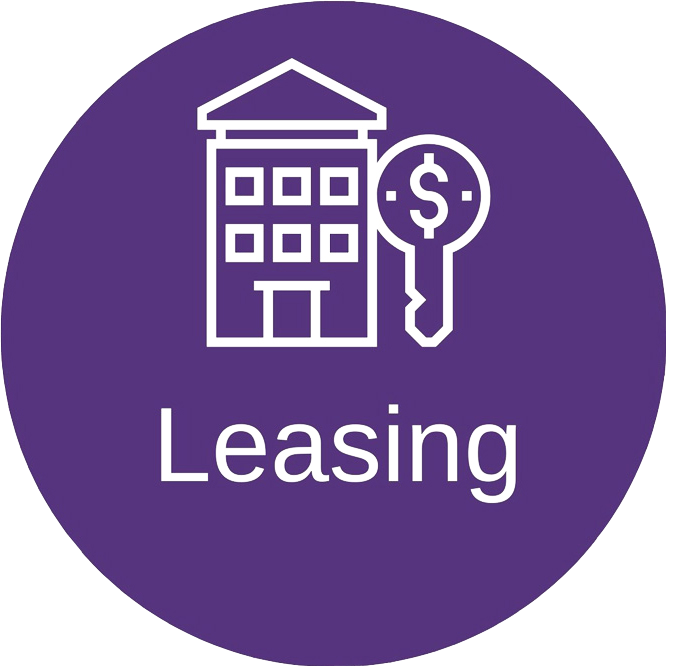Being in the top 1% of earners in California required 25% more annual income in 2020 than it did five years earlier.
That’s according to data from the Internal Revenue Service, which shows the cutoff for each adjusted gross income by percentile in each state. The data is based on the 2020 tax year — the most recent for which such data is available — and percentiles are based on total tax filers, so they don’t distinguish by marital or household status.
In California, the cutoff for being in the top 1% of earners was $726,188 in 2020, up from $582,558 in 2015. Helping boost the Golden State’s threshold were mega-salaries paid to executives such as Tony Xu, CEO of San Francisco-based DoorDash Inc., who earned $414 million that year.
In 2020, the bar to enter the 1% in California was the fourth highest nationally, trailing behind Washington, D.C., where it took $871,923; Connecticut, where the level was at $819,630; and Massachusetts, $777,052. Washington State was the only other West Coast state that ranked among the top 10, in terms of highest incomes to be in the top 1% of earners. There, to make it into the 99th percentile, a person or household had to earn $692,287 in 2020, the sixth highest level across the country.
In California, persons or households had to have an income of $274,283 to make it in the top 5% of earners, $180,649 to be in the top 10% and $95,229 to rank in the top 25%.
Nationally, the average cutoff to be in the top 1% of earners is $561,351, up 16.5% from 2015’s cutoff of $482,050. The cutoff for the top 25% of earners nationally was $87,946 in 2020, up 9% from 2015.
Among the nation’s other most populous states, being in the top 1% took $543,479 in Texas, $597,787 in Florida and $668,039 in New York.
At the other end of the spectrum, West Virginia ($316,172), Mississippi ($328,504) and New Mexico ($353,858) had the lowest thresholds for the top 1%.
Money on the move
As the Business Journals have reported, Covid-19 has heavily shaped migration patterns and put a considerable amount of money on the move.
The Sun Belt, in particular, has attracted a significant number of high-earning households. Florida, Texas, North Carolina and Arizona counted among the states that attracted the most wealthy new residents, according to an analysis from SmartAsset.
Three of those states — Florida, North Carolina and Arizona — each posted at least a 19% increase in the cutoff for being in the top 1% of earners between 2015 and 2020.
In addition to migration, pay patterns have also changed significantly over the past three years as salaries soared due to labor shortages. As the job market has softened, pay pressures have moderated some, but companies are still budgeting strong raises for 2024.
The nation’s shifting demographics are also powering significant pay growth for a number of emerging fields.




